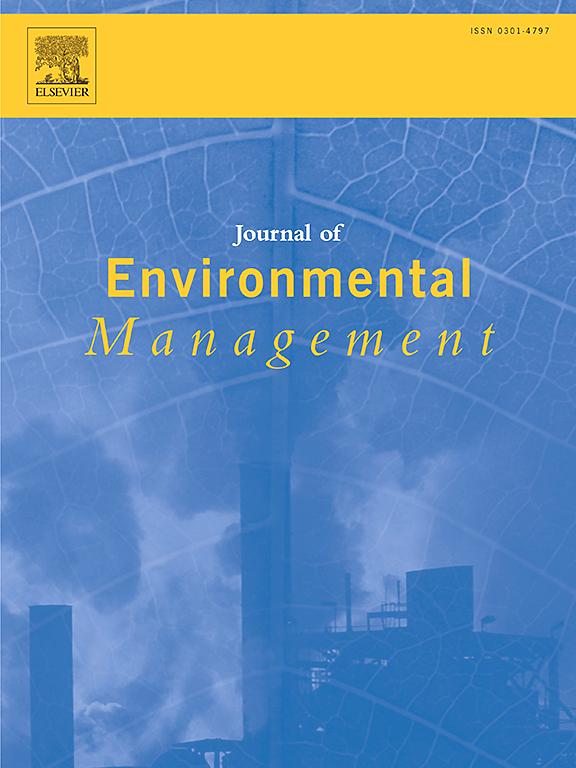Modeling the removal of Cd(II) and Pb(II) from aqueous solutions by biochar derived from arsenic hyperaccumulator Pteris vittata
IF 8
2区 环境科学与生态学
Q1 ENVIRONMENTAL SCIENCES
引用次数: 0
Abstract
This study explored the feasibility of utilizing biochar derived from Pteris vittata, an arsenic (As)-hyperaccumulating plant, for cadmium (Cd) and lead (Pb) adsorption. Biochars were produced from P. vittata with high and low As accumulation and compared with biochar derived from uncontaminated corn straw. The results demonstrated that P. vittata biochar exhibited superior adsorption capacity, reaching 98.4 mg/g for Cd(II) and 176 mg/g for Pb(II). Pb(II) adsorption was 38.2 % higher than that of Cd(II), primarily due to Pb(II)'s lower hydration energy and stronger affinity to biochar surfaces. Mechanistic analysis revealed that surface complexation was the dominant adsorption pathway, while As release from P. vittata biochar facilitated additional adsorption sites, creating a synergistic effect that enhanced metal uptake. By integrating geochemical modeling, this study provides novel insights into the interactions between biochar-derived As and heavy metal adsorption. Its findings highlight the potential of P. vittata biochar as an innovative and sustainable material for controlling heavy metal pollution.

求助全文
约1分钟内获得全文
求助全文
来源期刊

Journal of Environmental Management
环境科学-环境科学
CiteScore
13.70
自引率
5.70%
发文量
2477
审稿时长
84 days
期刊介绍:
The Journal of Environmental Management is a journal for the publication of peer reviewed, original research for all aspects of management and the managed use of the environment, both natural and man-made.Critical review articles are also welcome; submission of these is strongly encouraged.
 求助内容:
求助内容: 应助结果提醒方式:
应助结果提醒方式:


